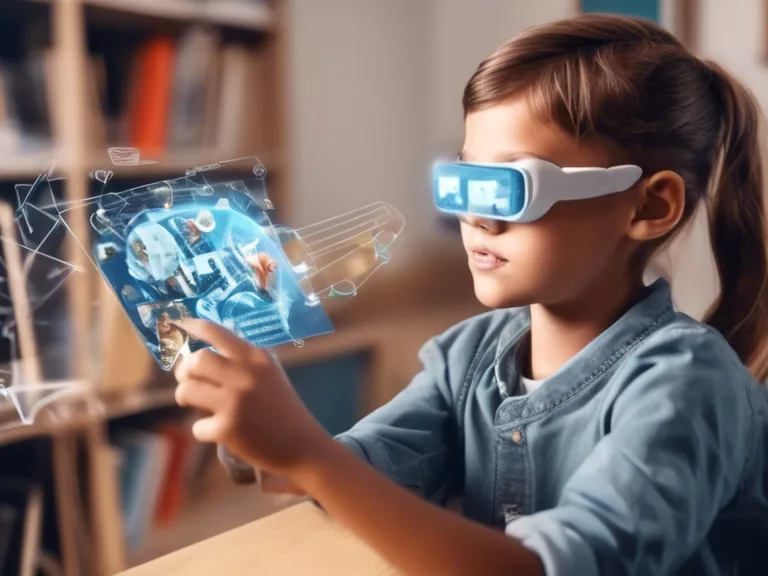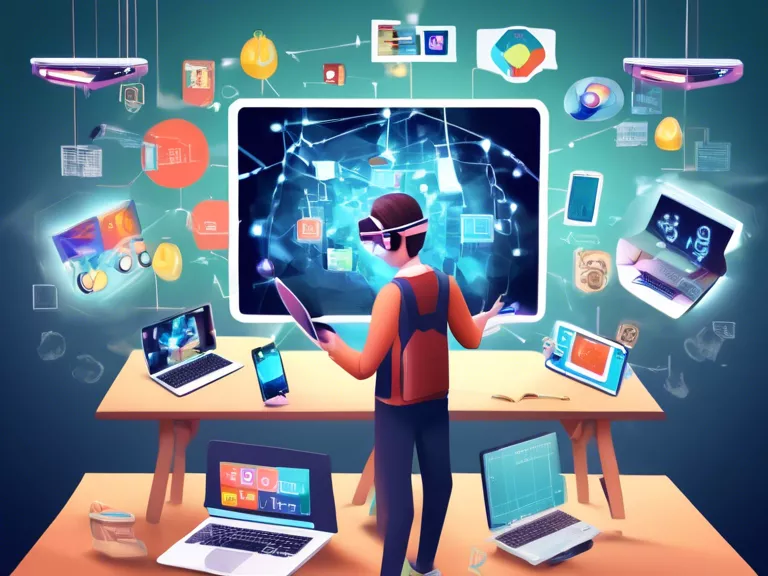
Introduction
Augmented Reality (AR) is revolutionizing the way we learn and interact with information in educational settings. By overlaying digital content onto the real world, AR technology offers a dynamic and immersive learning experience that engages students in a way traditional methods cannot. In this article, we will explore the benefits of using AR in education and how it can unlock the educational potential of learners.
Advantages of Augmented Reality in Education
AR technology has several advantages that can enhance the learning process:
1. Enhanced Engagement
AR creates an interactive and stimulating learning environment that captures students' attention and keeps them engaged. By bringing static concepts to life, AR makes learning more enjoyable and memorable.
2. Visualizing Complex Concepts
AR allows students to visualize complex concepts in 3D, making abstract ideas more tangible and easier to understand. This hands-on approach helps students grasp difficult subjects and retain information better.
3. Personalized Learning
AR can be tailored to suit individual learning styles and pace. By providing interactive and personalized content, AR helps students learn at their own speed and in a way that resonates with them.
Applications of Augmented Reality in Education
AR technology can be applied across various educational fields, including:
1. STEM Education
In STEM subjects, AR can be used to create interactive simulations and models that help students explore scientific concepts in a dynamic way. From virtual dissections to physics simulations, AR enhances hands-on learning experiences in STEM education.
2. Language Learning
AR can facilitate language learning by providing immersive language practice opportunities. Students can interact with digital objects and environments in the target language, improving vocabulary retention and language skills.
3. Field Trips and Virtual Tours
AR can bring field trips and virtual tours to life by overlaying digital information onto real-world locations. Students can explore historical sites, museums, and landmarks through augmented experiences, enhancing their understanding and appreciation of the subject matter.
Future Implications of Augmented Reality in Education
As AR technology continues to evolve, its potential in education is limitless. From personalized learning experiences to collaborative virtual classrooms, AR has the power to transform the way students learn and educators teach.
In conclusion, augmented reality has the ability to unlock the educational potential of learners by enhancing engagement, visualizing complex concepts, and providing personalized learning experiences. By integrating AR technology into educational settings, we can create a more interactive, immersive, and effective learning environment for students worldwide.

